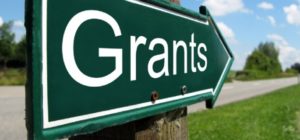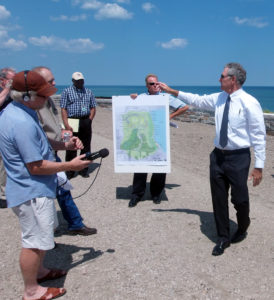The Brownfields Utilization, Investment and Local Development (BUILD) Act was enacted on March 23, 2018 as part of the Consolidated Appropriations Act, 2018. The BUILD Act reauthorized EPA’s Brownfields Program, and made amendments to the 2002 Small Business Liability Relief and Brownfields Revitalization Act. Authorized changes affect brownfields grants, ownership and liability provisions, and state and tribal response programs. EPA is developing policy guidance to implement the BUILD Act.
https://www.epa.gov/brownfields/brownfields-broadcast
As part of this process, the EPA is soliciting comment on three provisions in the BUILD Act:
- The authority to increase the per-site cleanup grant amounts to $500,000;
- The new multi-purpose grant authority; and
- The new small community assistance grant authority.
Comments will be accepted through July 10, 2018 to BUILDAct@epa.gov.



 Teamwork can transform old, dilapidated industrial and commercial properties into economically and socially beneficial community assets. The DNR’s Remediation and Redevelopment Program is willing and able to be on your local government team. We have experience with thousands of successful revitalization projects, we have grant and loan funding available, and we can help bring other key stakeholders to your table at any stage of the process.
Teamwork can transform old, dilapidated industrial and commercial properties into economically and socially beneficial community assets. The DNR’s Remediation and Redevelopment Program is willing and able to be on your local government team. We have experience with thousands of successful revitalization projects, we have grant and loan funding available, and we can help bring other key stakeholders to your table at any stage of the process.